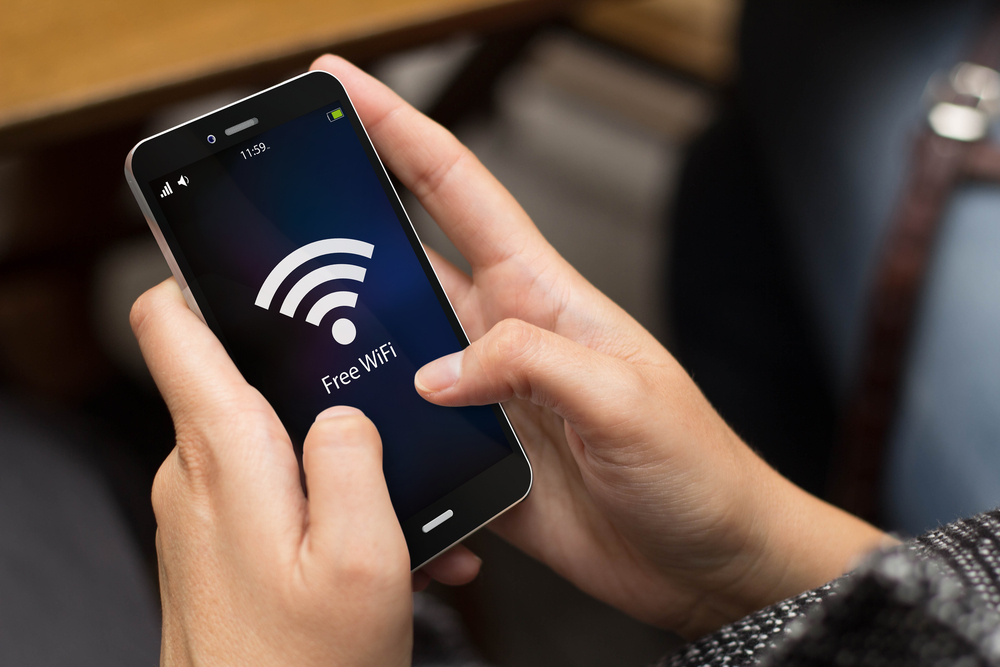After going through the motions of securing your Wifi network in the most convenient manner possible, it is due time to take things to the next level. Criminals and hackers are well aware of the most basic precautions one can take, yet users can easily raise the bar with a few simple steps. After all, securing your wireless internet connection should be the top priority for everyone in the world.
#5 Enable Network Encryption
One of the most common “expert steps” to take when protecting your Wifi is to enable network encryption. Every device capable of broadcasting a wireless signal comes with different encryption languages. WEP, WPA, and WPA2 are the most commonly used terms, with WEP is the weakest of the bunch. WPA2 Is the preferred choice for most users until a newer type of encryption comes around. If your device supports it, make sure to use WPA2-AES, as it offers government-level encryption.
#4 Disable Remote Access
As annoying as it may sound on paper, disabling remote access to your router or broadband modem is the right way to go. In most cases, one can only access these devices from a network-connected device. However, some models allow remote system access, which makes them accessible to anyone in the world with an internet connection. In most cases, all it takes is changing one settings slider in the administrator web interface for your WiFi-broadcasting device.
#3 Enable Your Firewall
Although this is a basic step to securing your Wifi according to most tech-savvy people, it is an expert move for the average consumer. Enabling the firewall setting on your router or other WiFi-broadcasting device is an absolute necessity. Firewalls are not just software tools for a computer, they also help protect all of the devices connected to the wireless network at your place.
In most cases, your router will come pre-installed with one of these firewalls, although that will not always be the case. Firewall devices are readily available from most computer stores, although some research may be needed. Having a firewall can make the difference between a secure wireless network at home, and being vulnerable to attack at every waking moment.
#2 Hide Your SSID
Hiding the wireless network in question sounds unusual, but it is an effective way of remaining under the radar. If someone can’t find your wireless network or doesn’t even know it exists, they will not be able to attack it. Hiding the network SSID from the public does not mean you can’t connect to it manually, though. This does mean you will need to set up the wireless connection manually on every device, including entering the network name manually.
#1 Enable MAC filtering
One of the most important steps to secure your home WiFi network is enabling MAC filtering. Every device connecting to your network has a unique MAC address. Whitelisting your own devices will ensure any other devices attempting to connect will not be able to do so. While this is not the most secure solution on its own, it is an extra layer of security when combining it with all other tips.
If you liked this article, follow us on Twitter @themerklenews and make sure to subscribe to our newsletter to receive the latest bitcoin, cryptocurrency, and technology news.

